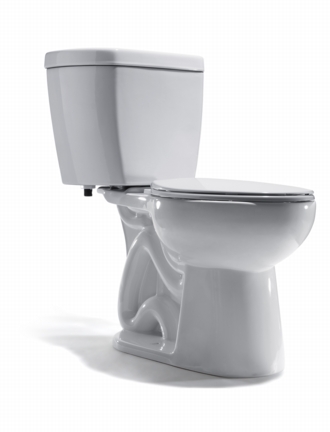
Image Credit: Niagara Conservation
It takes a lot of energy to transport and treat water in this country, and it takes a lot of water to produce the energy we use. To put this a different way: when we save water we save energy, and when we save energy we save water.
Most people don’t think about this tight-knit relationship between energy and water, but public officials in a growing number of regions around the country are becoming quite aware of it. This week, I’ll examine how much energy it takes to move water and to treat both supply water and wastewater. Next week, I’ll look at how much water is used in producing our energy.
The energy intensity of water
The amount of energy needed to deliver clean water and treat that water once we’ve used it varies tremendously by region. If you live in southern California, your drinking water is pumped either from the Colorado River and its assorted reservoirs (including the nation’s largest, Lake Mead, which is now half empty) or from northern California. In either case, that water flows through hundreds-of-miles-long open aqueducts and, via pipelines, up and over mountain ranges.
Averaged statewide , roughly 5% of California’s electricity is used for moving and treating water and wastewater. (The oft-quoted figure of 19% includes water heating and other things we do with water in homes, businesses, and farms.) But these figures vary widely in different parts of the state. A 2005 report from the California Energy Commission found supply and conveyance of water to range in intensity from 0 to 16,000 kilowatt-hours per million gallons (kWh/MG), while filtration and treatment varied from 100 to 1,500 kWh/MG, distribution varied from 700 to 1,200 kWh/MG, and wastewater collection and treatment varied from 1,100 to 5,000 kWh/MG. Not surprisingly, average totals are far higher in southern California (12,700 kWh/MG) than in northern California (3,950 kWh/MG).
This issue isn’t limited to California. Nationwide, roughly 4% of total power generation is dedicated to pumping and treatment of water. For many cities and towns around the country, this is the largest single user of electricity. Water filtration plants and sewage treatment plants are very energy intensive. In places where desalination is needed, the energy-intensity of drinking water rises dramatically.
On a per-capita basis, this energy use for water varies from about 350 kWh/year in the South Atlantic states to over 750 kWh/year in the Mountain states, according to a 2006 report by the U.S. Department of Energy. (In New England, each of us uses just under 400 kWh/year, on average.) This means, for a lot of us, our domestic water accounts for about as much electricity as our refrigerator.
For most homeowners, the energy-intensity of water use is hidden in water and sewer utility bills, while those of us in rural areas who have our own water systems and onsite wastewater systems pay those energy costs directly. If you have a really deep well, water pumping costs can be one of your largest electricity demands. And while gravity-flow wastewater disposal systems (in-ground septic tanks and leach fields) use little if any energy, some of the newer “aerobic” treatment systems that work in places without suitable soils for standard in-ground systems have pumps that operate 24/7, consuming as much electricity, annually, as four or five refrigerators.
The bottom line is that because there’s a lot of energy “embodied” in the water we use, we should conserve water in order to save energy. In fact, in some places, such as California, energy conservation programs provide rebates on water-conserving appliances and plumbing fixtures such as toilets and irrigation-control systems, even if those products do not use energy directly. Any conservation measure that reduces hot water use, such as low-flow showerheads, front-loading clothes washers, and efficient dishwashers, will directly save energy by reducing the amount of water we have to heat.
A good starting point in saving energy by reducing water use is to look for WaterSense-listed products whenever shopping for a product covered by the EPA WaterSense program.
Next week, I’ll look at the inverse of this issue: how much water it takes to produce our various energy sources and how we can conserve water by choosing energy-efficient products and building systems.
In addition to this Energy Solutions blog, Alex writes the weekly blog on BuildingGreen.com: Alex’s Cool Product of the Week, which profiles an interesting new green building product each week. You can sign up to receive notices of these blogs by e-mail—enter your e-mail address in the upper right corner of any blog page.
Alex is founder of BuildingGreen, LLC and executive editor of Environmental Building News. To keep up with his latest articles and musings, you can sign up for his Twitter feed.
Weekly Newsletter
Get building science and energy efficiency advice, plus special offers, in your inbox.





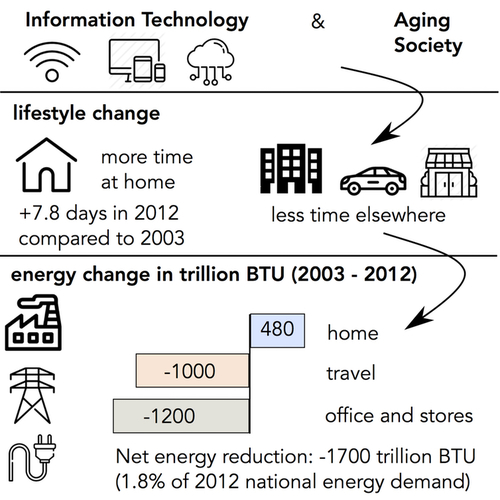
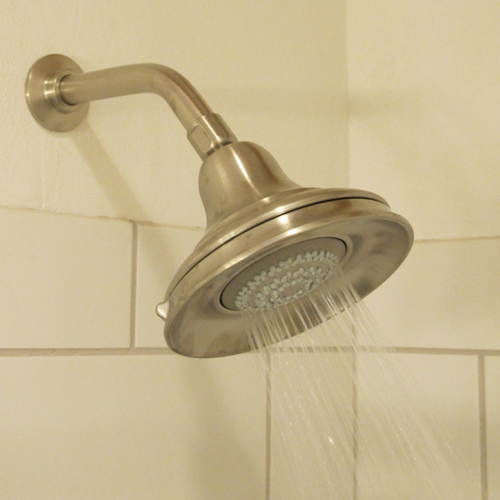
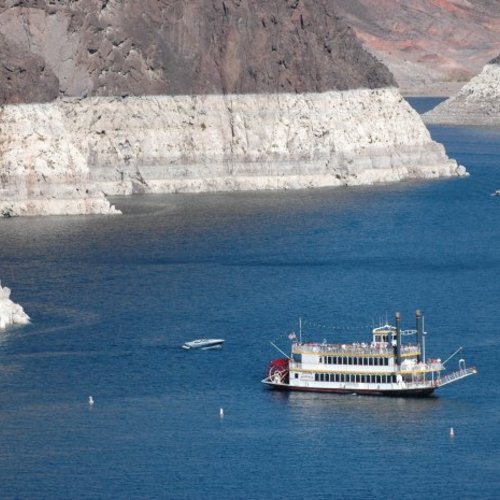
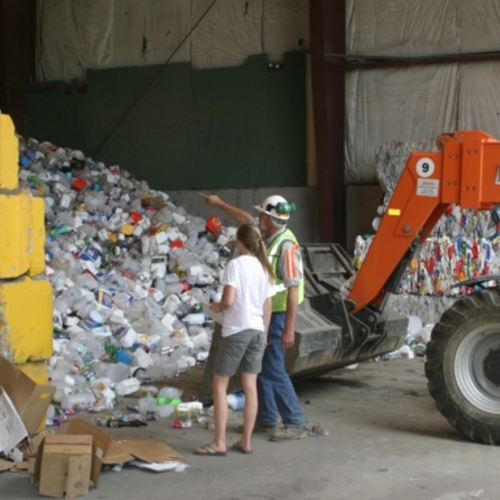






2 Comments
Caroma Dual Flush toilets
Toilets account for approx. 30% of water used indoors. By installing a Dual Flush toilet you can save approx. 40% of water being flushed down the toilet, compared to a standard, modern 1.6 gpf (gallons per flush) model. If your toilet has been installed prior to 1994, you are using 3.5 gallons or more each single flush. The water savings you can achieve by upgrading to a Dual Flush toilet are substantial. By reducing your water usage, you are also reducing the cost of your water bill!!
If you are serious about saving water, want a toilet that really works and is affordable, I highly recommend installing a Caroma Dual Flush toilet. They offer a patented dual flush technology consisting of a 0.8 Gal flush for liquid waste and a 1.6 Gal flush for solids. On an average of 5 uses a day (4 liquid/ 1 solid) a Caroma Dual Flush toilet uses an average of 0.96 gallons per flush. The new Sydney Smart uses only 1.28 and 0.8 gpf, that is an average of 0.89 gallons per flush. This is the lowest water consumption of any toilet available in the US. Caroma, an Australian company set the standard by giving the world its first successful two button dual flush system in the 1980’s and has since perfected the technology. With a full 3.5″ trap way, these toilets virtually never clog. All 47 floor mounted models are on the list of WaterSense labeled HET’s (High Efficiency toilets) http://www.epa.gov/watersense/pp/find_het.htm and qualify for the various toilet rebate programs available in the US. Please visit my blog http://pottygirl.wordpress.com/2008/08/01/what-you-should-know-about-toilets/
to learn more or visit http://www.ecotransitions.com/howto.asp to see how we flush potatoes with 0.8 gallons of water, meant for liquids only. Best regards, Andrea Paulinelli
submetering
I think all multifamily housing units should install submeters for monitoring water usage. People pay for their electricity and trash, so there is no reason why they should not pay for water too. My grandfather owns a submetering company in Florida (Fewtek) and his company is saving water for Florida and money for apartment complexes. Lets do something to save our water fast!
Log in or create an account to post a comment.
Sign up Log in